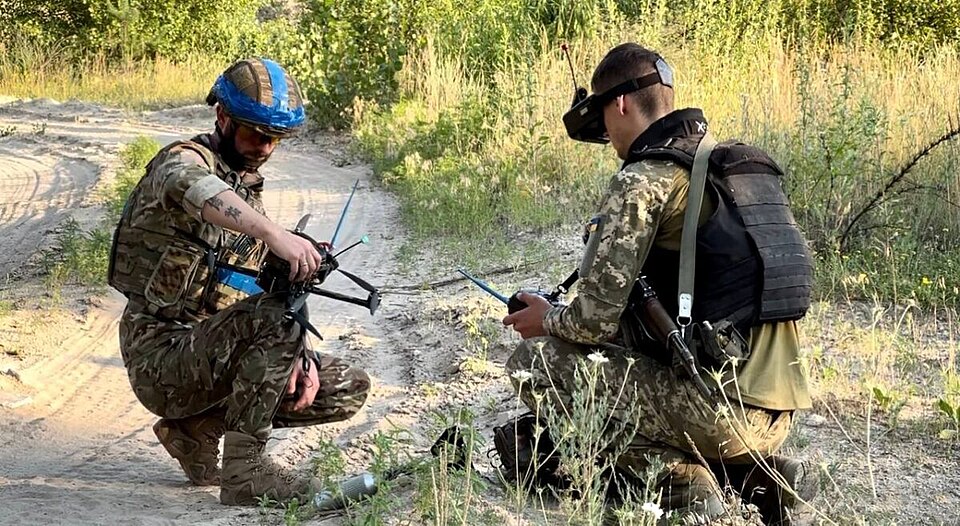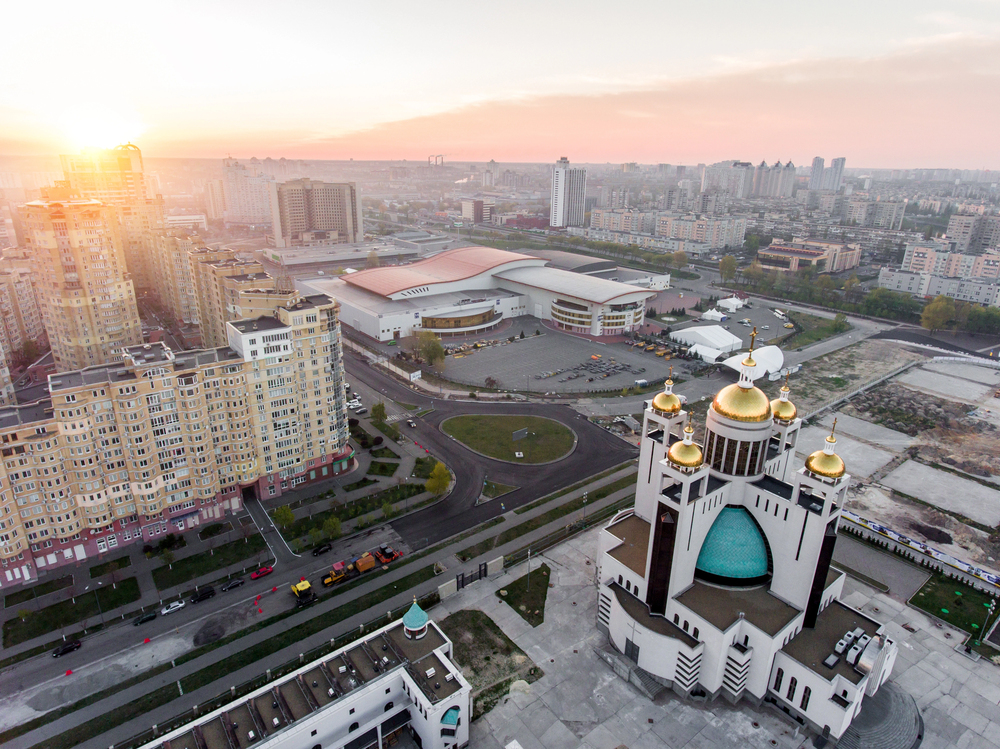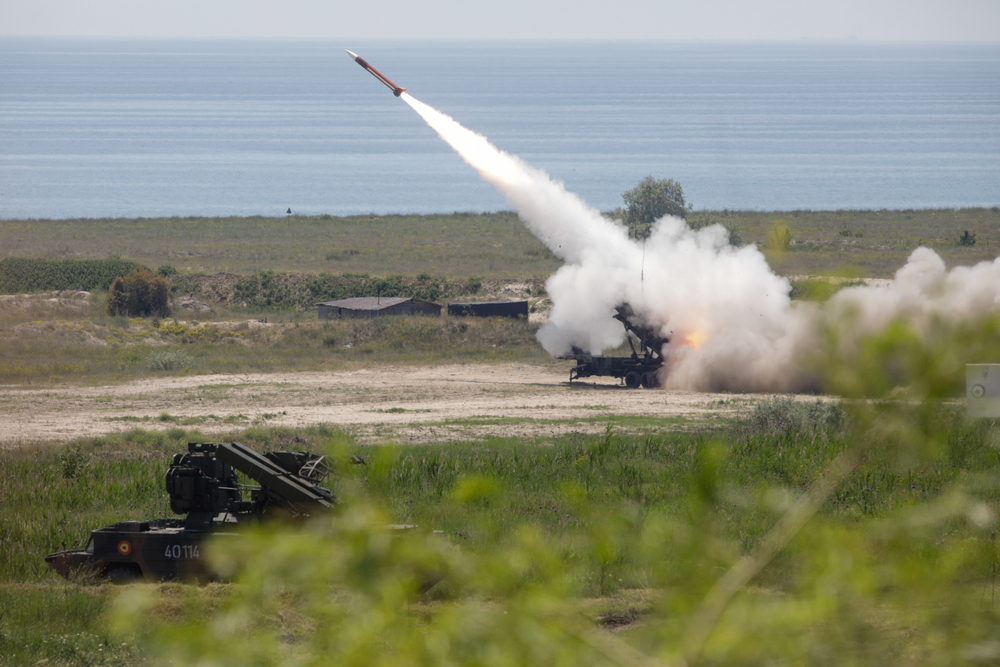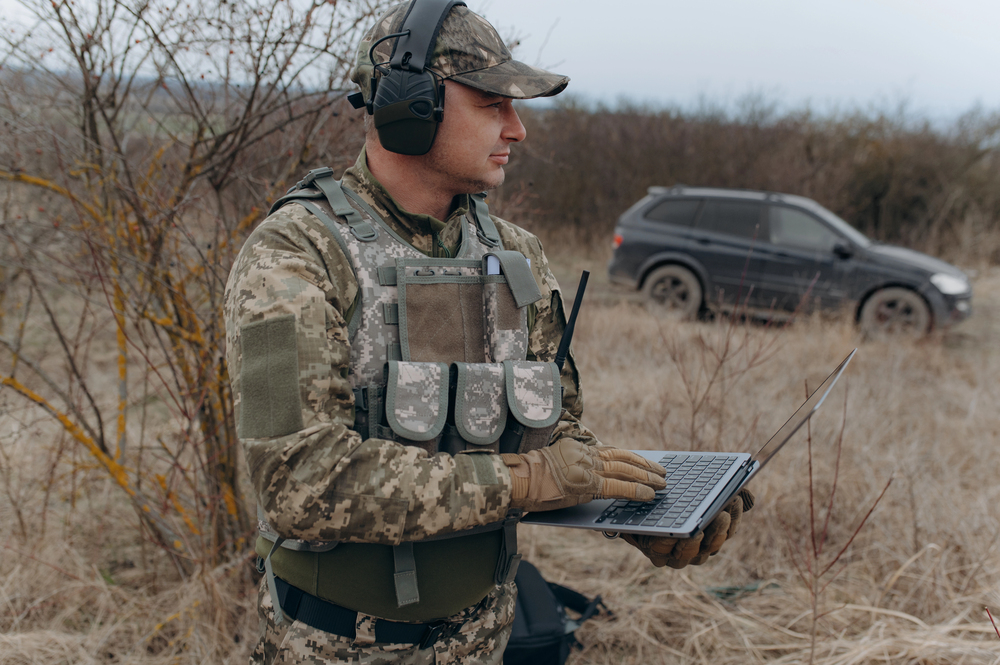
What if the actual history of the war between Russia and Ukraine is not merely one of shifting frontiers, but of relentless attrition, innovation, and disruption of infrastructure that is remaking the future of war? The summer 2025 campaign has been a melting pot for emerging technologies and doctrines of war, in which both are trying to capture not only land but the advantage in a war where every square mile, every drone, and every kilowatt counts.

1. The Beat of Territorial Conquest: Weekly vs. Monthly
The pace of the Russian conquest in Ukraine is very far from a straight line. In the past month, 226 square miles of Ukrainian territory were seized by the Russian forces, more than the 190 square miles seized in the past four weeks. But a look at the weekly statistics shows a precipitous decline: Russia gained 105 square miles, from July 22–29, to slow to 31 square miles in the week to August 5, a third of the week before.”

Such unreliability reflects both the dissipation of offensive energy and the difficulty in breaking well-dug-in Ukrainian positions. Since February 2022, Russia has acquired 44,707 square miles, around 19% of Ukraine, including Crimea and Donbas lost ground prior to the full invasion. Though considerable, these statistics lag behind the initial rapid advances and subsequent Ukrainian counterattacks that regained 50,000 square kilometers in 2022.

2. Casualties and Material Losses: The Human and Material Cost
The attritional character of the war is highlighted by staggering casualty numbers. Estimates put Russian losses at 950,000 killed or wounded to date by June 2025, with 250,000 deaths, far exceeding Soviet losses in Afghanistan and Chechnya combined. The human cost of Ukraine is smaller but no less devastating: 400,000 killed and injured as of mid-2025, as many as 100,000 killed. Equipment losses are also one-sided. Russia has lost 1,149 armored combat vehicles, 3,098 infantry combat vehicles, 300 self-propelled guns, and 1,865 main battle tanks since January 2024. The ratio of Russian to Ukrainian equipment loss ranges from 5:1 to 2:1 in favor of the Ukrainians, a demonstration of the effectiveness of Ukrainian defense-in-depth and technological ingenuity. The losses are not simply statistics; they are a bleeding of Russia’s offensive capabilities and the attrition of Ukraine’s resistance.

3. The Drone Revolution: Asymmetric Warfare at Scale
Warfare in Ukraine today is increasingly defined by the expansion of unmanned systems. Ukrainian drones currently represent 70% of confirmed Russian equipment losses, says the Royal United Services Institute. The battlefield is awash with FPV drones, sea drones, and ground robots that attack armor, supply chains, and even airbases deep within Russia. Ukraine’s Operation Cobweb in June 2025, which destroyed about two dozen Russian military planes in coordinated drone attacks, best illustrates the disruptive potential of these technologies. From the Russian perspective, mass production of Shahed and fiber-optic drones, most of which were manufactured with child labor in the Alabuga Special Economic Zone, helped Moscow regain some initiative, launching 400 drones per day in their peak period. Both are engaged in a technological arms race, with Ukraine hoping to make four million drones this year and Western allies promising to double that amount, though even this is short of the ten million drones yearly some analysts think are required to shift the balance.

4. Precision-Guided Munitions and Electronic Warfare
The summer 2025 campaign has also witnessed widespread employment of precision-guided munitions and electronic warfare. Russian glide bombs, including GNSS guidance kits, have penetrated Ukrainian airspaces and saturated defences with particular effectiveness. In turn, Ukraine’s stock of U.S.-donated M142 HIMARS rocket artillery has destroyed Russian rear-area targets, ranging from ammunition dumps to command posts, with precision long-range fire. As President Zelensky phrased it, “The word ‘HIMARS’ has become almost synonymous with the word ‘justice’ for our country.” But the utility of HIMARS is now compromised by U.S. limits on intelligence exchange and ammunition delivery, prompting Ukraine and its European partners to look elsewhere.

5. Cyber and Hybrid Operations: The Invisible Front
Russia’s hybrid warfare approach encompasses a whole lot more than the kinetic battlefield. Over 650 cyber operations against Ukrainian targets have been registered since 2022, including nefarious examples like WhisperGate and HermeticWiper malware and enormous DDoS attacks against banking and government websites. The cyber attack on February 24, 2022, signal network of Viasat, coupled with the invasion, is a classic example of cyber and kinetic operations integration. Russian attempts to devastate Ukraine’s electricity grid, in particular by way of the Industroyer2 malware, have been countered by strong Ukrainian and NATO cyber defenses, frustrating the hoped-for “cyber kill strike.” However, the cyber realm is still a battleground, with pro-Russian hacktivist groups directing thousands of attacks not only on Ukraine but against member countries of the NATO alliance, seeking to create dissonance and erode Western will.

6. Economic and Infrastructure Destruction
Economic damage: The economic cost of the war to Ukraine is devastating. Ukrainian GDP shrank by 22.6% since 2022, with a budget deficit of 20.4% of GDP forecasted for 2024. The hryvnia depreciated by 27% and the three-year bond yield climbed to 25.6%. Energy infrastructure is in tatters: Ukrainian electricity generation capacity declined to 9 GW by the end of 2024 from 56 GW, with 80% of thermal capacity ruined by Russian attacks. Three Soviet-era nuclear power stations are all that remain in Ukrainian hands, generating two-thirds of the nation’s electricity. Russian cyber and kinetic efforts continued to strike transmission infrastructure with impunity on repeated occasions, resulting in cascading outages and paralyzing industrial production. Meanwhile, Russian GDP has grown incrementally by 5.6% since 2022 but hangs in the balance with increasing deficits and a declining ruble, as 800,000 Russians have departed for economic or political reasons.

7. The Battle for Strategic Hubs and Information Supremacy
Control of strategic transportation centers, such as Pokrovsk, an essential road and railway crossing, remains central to both sides’ strategy of operations. Russian success there threatens encirclement of Ukrainian forces and severance of supply lines to besieged eastern strongpoints. Information war, waged by cyberattacks, disinformation campaigns, and seizure of digital infrastructure in occupied space, is as ferocious as the fight for territory. Russia’s hybrid approach is not only intent on dominating territory but on influencing narratives, breaking communications, and undermining Ukrainian identity in annexed areas.

As the war wears on, the crossroads of attrition, technological innovation, and hybrid operations continue to change the face of contemporary war, yielding lessons with far-reaching implications for defense planners and strategists across the globe.


